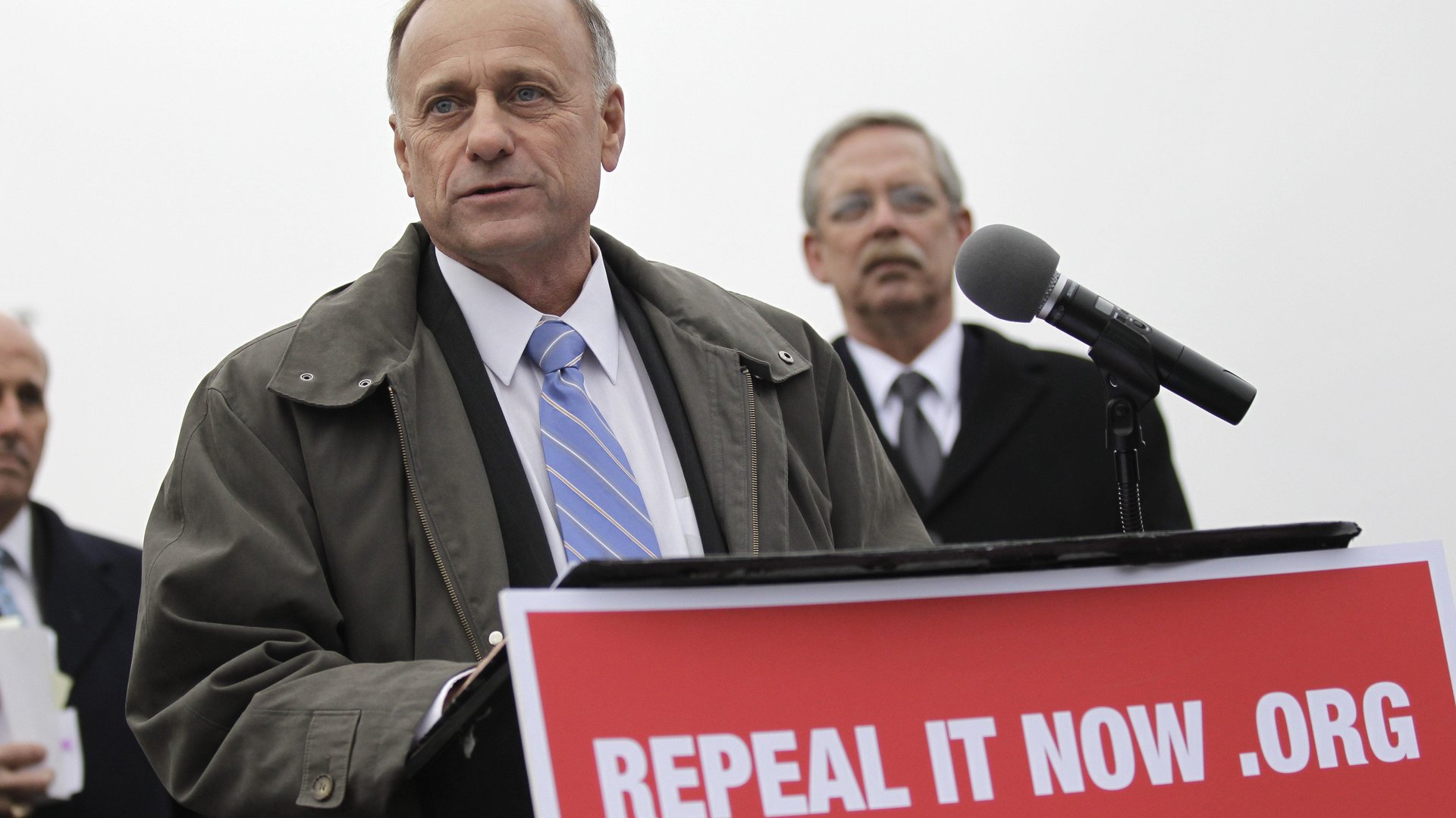The accounting that explains why Donald Trump can’t make Obamacare “implode”
So the last-ditch attempt at an Obamacare repeal failed. Can the millions of Americans who risked losing their health-care coverage sleep tight now?


So the last-ditch attempt at an Obamacare repeal failed. Can the millions of Americans who risked losing their health-care coverage sleep tight now?
The president doesn’t seem to think so.
“Obamacare is dead. Republicans will do much better,” Trump’s been saying for months. But now that they failed to “do much better,” will the Affordable Care Act (ACA) just head to a natural death? The answer is no—but the administration could certainly try to strangle it.
As we’ve previously written, the ACA has certainly shown some problems, but none is fatal. The two biggest points of concern are premium hikes and a lack of options in certain parts of the country, both things that can in principle be fixed.
Premium hikes are attributed mainly to the ACA’s requirement that insurers post premiums in the ACA’s insurance marketplace six months before they take effect. Coming up with correctly priced premiums so far ahead takes practice, so insurers are still learning. However, the hikes have so far mostly been absorbed by ACA subsidies—and the non-partisan Congressional Budget Office believes that premiums will eventually level out with time if the market is left untouched.
The other problem is that certain rural areas have been left with only one insurer. That too should be solved if it’s clear that Obamacare is not going to be repealed. Several insurance companies said they would offer options, sometimes through partnerships, in under-served markets, if they knew what the law would look like. A lack of options is also partly responsible for premium hikes, so getting more players involved would help with that, too.
However, the solutions to both problems—premium hikes and lack of options—depend on maintaining cost-sharing reductions (CSRs), which are government subsidies to lower the cost of deductibles and co-pays for the less well-off. The subsidies are key to absorbing the premium hikes until the market has time to settle.Whether and where the CSR subsidies are applied is up to the government, which has gone back and forth about whether to extend them.
Halting CSR payments could weaken the ACA in much the same way as a “skinny repeal,” which would have eliminated some of its key provisions, as Larry Levitt, the vice-president of the Kaiser Family Foundation (KFF), noted:
And in a couple of recent tweets Trump seemed to signal an intention to discontinue these subsidies:
The trouble is, ending the subsidies wouldn’t “hurt the insurance companies” as Trump suggests. They would, says KFF, simply pass the higher costs on to customers—raising premiums by between 15% and 21%, on average, for “silver plans,” the most popular of the four tiers of health care in the ACA. That would be quite a burden on the 12.2 million Americans who are relying on the subsidies to buy health insurance.
However, KFF also argues such a move would backfire. While the government can choose to suspend CSR payments, it can’t abolish the premium tax credit without changing the law. This credit, available to households on incomes one to four times the federal poverty line, is another way of bringing down the cost of insurance. If health-insurance costs go up, these people will be able to claim bigger tax credits. And that could end up costing the government—and thus taxpayers as a whole—even more:
So while the administration could try to force Obamacare to implode, the resulting explosion might be even more damaging.